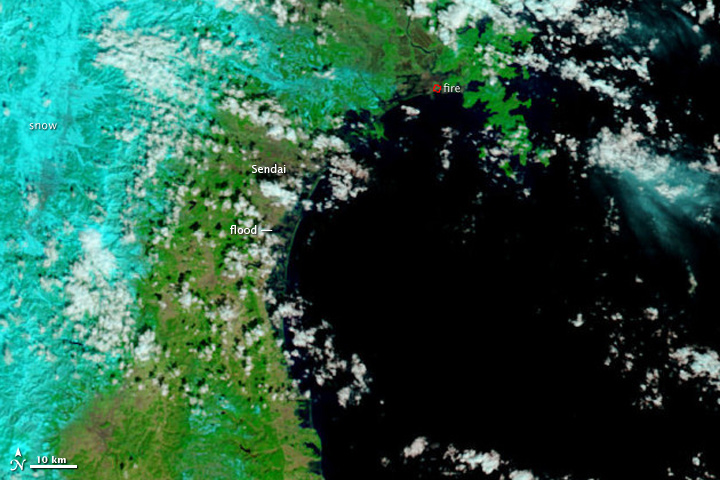Japan Moves 8 Feet and Our Days Are Shortened
Friday, March 18th, 2011Scientists have reported the earthquake moved the main island of Japan by 8 feet (2.4 meters) and shifted the Earth on its axis.
“At this point, we know that one GPS station moved (8 feet), and we have seen a map from GSI (Geospatial Information Authority) in Japan showing the pattern of shift over a large area is consistent with about that much shift of the land mass,” said Kenneth Hudnut, a geophysicist with the U.S. Geological Survey (USGS).
“This shift in the position of the figure axis will cause the Earth to wobble a bit differently as it rotates, but will not cause a shift of the Earth’s axis in space – only external forces like the gravitational attraction of the sun, moon, and planets can do that,” Gross said.
Dr. Roger Musson from the BGS (British Geological Survey) told that the shifting observed after the earthquake was “in line with what you get when you have an earthquake this big”.
The change in the earth’s axis shortened the day by about 1.8 millionths of a second.

